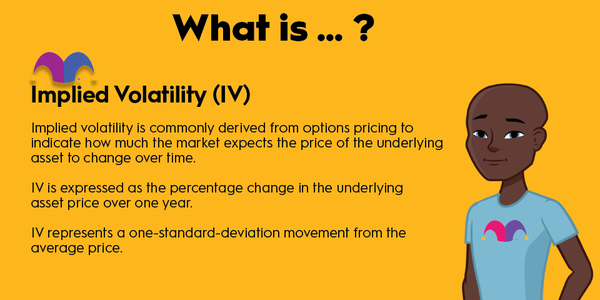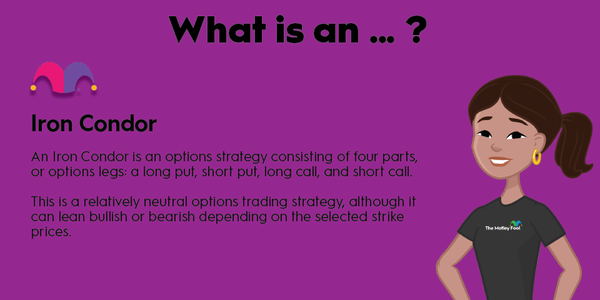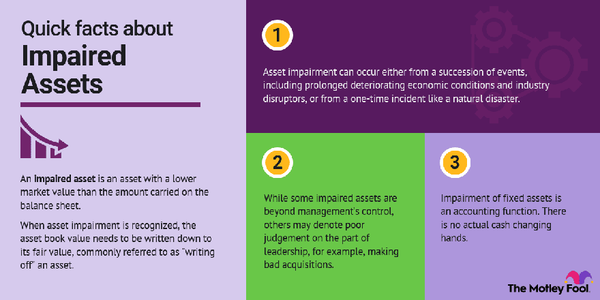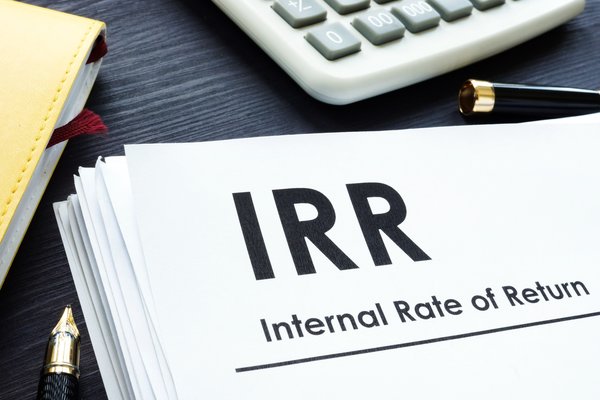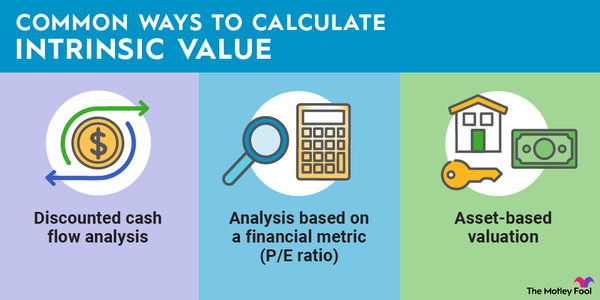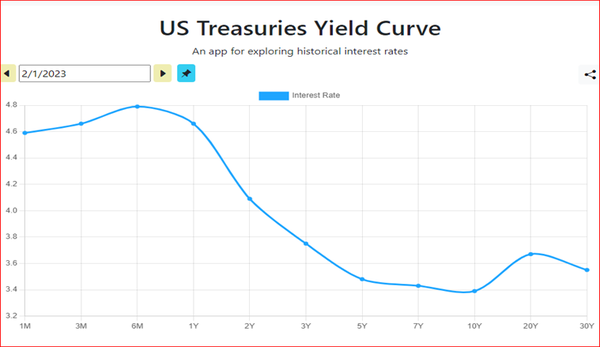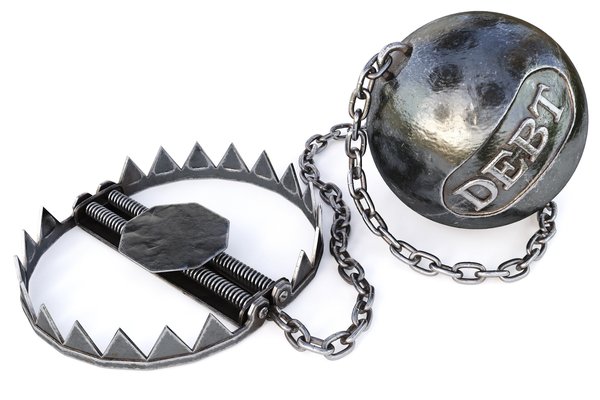When you're considering a new investment, there are a lot of different risks you have to manage. One is idiosyncratic risk, which absolutely cannot be avoided. Fortunately, you can do some things to minimize the risk, which we'll discuss in this article.

Overview
What is idiosyncratic risk?
Idiosyncratic risk is a type of risk specific to the investment or stock you're considering. It is often industry-focused, company-focused, or asset-class-focused. It's also sometimes called specific risk or unsystematic risk.
For example, an industry-focused idiosyncratic risk would be if you were investing in a mining company and a vein it was exploring turned out to be worthless. A company-focused risk might be the risk that a change in leadership will alter the company's trajectory.
Idiosyncratic vs. systematic
Idiosyncratic risk vs. systematic risk
Idiosyncratic risk is related to the specific investment you've chosen, whether that's a problem related to the industry, the business, or the asset class. On the other hand, systematic risk applies to virtually every investment available.
Systematic risks are both unpredictable and unavoidable, and sometimes they just happen. For example, the Great Recession had far-reaching consequences that affected lots of different assets and asset classes. The COVID-19 pandemic did the same, although it was a very different look.
You can think of systemic risks as being the result of macroeconomic forces, and idiosyncratic risks the result of microeconomic forces.
Types
Types of idiosyncratic risk
There are five main types of idiosyncratic risks to consider before you choose an asset for your portfolio:
- Business risk: Any risks associated with the nature of the actual business or among its competitors or in its competitive environment. This could mean a new competitor or a new product that the business is not prepared to compete against.
- Operational risk: There are always risks inherent to any operation, such as the breaking down of equipment, the death of a key employee, or a broken supply chain -- anything that stems from broken processes, systems, or policies.
- Financial risk: Poor financial planning is a huge risk for companies, especially when debt comes into play. Inconsistent earnings or cash flow, for example, can be a huge financial risk.
- Strategic risk: Mistakes in strategies happen, but they must be accounted for. If a company has failed to consider that its offerings are getting stale and outdated without a plan to evolve, or they're simply entering a tight market with too many established players, that could be a strategic risk.
- Regulatory/legal risk: There's always a risk that laws will change and become unfavorable to business or to a specific industry. This can cause businesses to cease operation or be forced to make expensive changes.
Related investing topics
How to mitigate it
How to mitigate idiosyncratic risk
Unlike systematic risk, which just happens and must be accepted by investors, idiosyncratic risk can often be mitigated with careful portfolio management. Every company has some idiosyncratic risk, so the first step is knowing what that is and being very honest with yourself about how that may affect the company.
The best ways to mitigate this risk from there are:
Stock variety: If all you buy are real estate investment trust (REIT) stocks, you may have a hard time when the real estate market slumps or interest rates rise. So rather than do that, you want to counter your REIT portfolio with companies that do well in these environments or that aren't generally affected by them much. That might include insurance companies or banks. Further diversifying by choosing these companies in other countries can also help a great deal.
Choosing index funds: Index funds are an ideal choice for balancing a portfolio that lacks diversification. You can choose to invest broadly in a single index, like the S&P 500 or several others, simply by choosing a variety of funds. If you want to invest in fewer companies but remain diversified, mutual funds or exchange-traded funds (ETFs) that track different industries are also a great choice, as long as the industry counterbalances the risk you identified in your portfolio.

